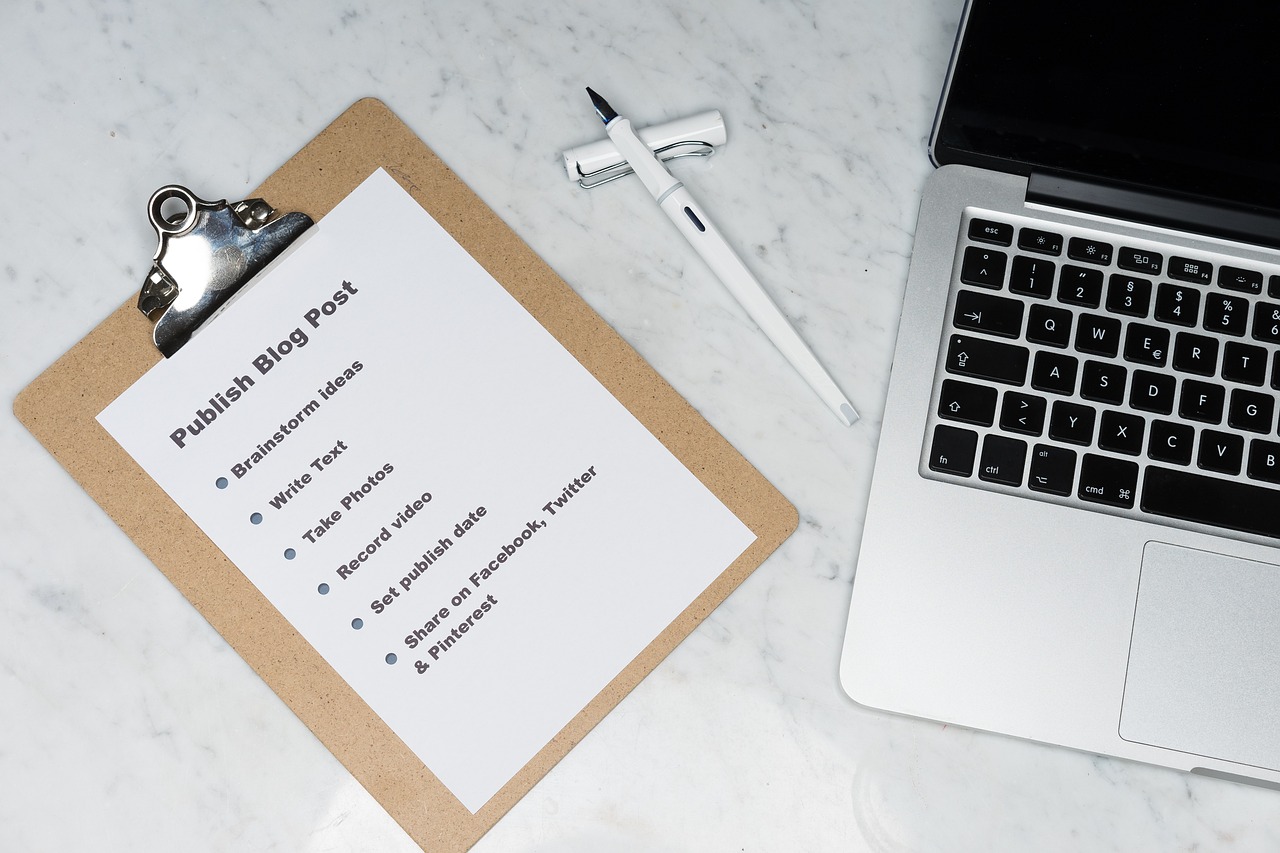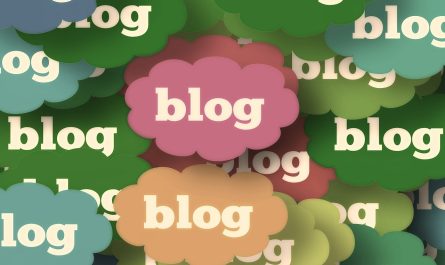In today’s digital landscape, effective copywriting is the cornerstone of successful marketing campaigns. The art of crafting persuasive text goes beyond mere wordsmithing; it’s about creating a compelling narrative that resonates with your audience, drives engagement, and ultimately leads to conversions. This article explores key techniques for developing impactful copy that captivates readers and motivates action.
Understanding Your Audience
The foundation of effective copywriting lies in a deep understanding of your target audience. By knowing who you’re writing for, you can tailor your message to address their specific needs, desires, and pain points.
Creating Buyer Personas
Developing detailed buyer personas is crucial for crafting targeted copy. These fictional representations of your ideal customers help guide your messaging and ensure it resonates with your audience.
Key attributes for buyer personas:
- Demographics (age, gender, location, income)
- Job title and industry
- Goals and challenges
- Preferred communication channels
- Decision-making factors
- Objections and concerns
Analyzing Consumer Behavior
Understanding how your audience thinks and acts is vital for creating persuasive copy. Here are key insights to focus on:
- Preferred content formats (e.g., video, long-form articles, infographics)
- Common pain points and how they search for solutions
- Language and tone that resonates (formal vs. casual, technical vs. simple)
- Buying cycle stages and corresponding information needs
- Influencers and thought leaders they follow
- Social media platforms they frequent
Crafting Compelling Headlines

Headlines are often the first (and sometimes only) chance to grab your audience’s attention. Mastering the art of headline writing is crucial for increasing engagement with your content.
Using Power Words
Power words evoke emotional responses, making your headlines more compelling and clickable. Here’s a table of power words categorized by emotion:
| Emotion | Power Words |
|---|---|
| Excitement | Amazing, Incredible, Revolutionary |
| Urgency | Now, Limited, Exclusive |
| Curiosity | Secret, Unveiled, Discover |
| Fear | Warning, Avoid, Mistake |
| Trust | Proven, Guaranteed, Authentic |
The Importance of Clarity and Brevity
Clear, concise headlines are more likely to be read and understood quickly. Compare these examples:
| Weak Headline | Strong Headline |
|---|---|
| “Our New Product Might Be Something You’re Interested In” | “Revolutionize Your Workflow with Our Latest Innovation” |
| “Learn About Ways to Possibly Improve Your Health” | “5 Proven Steps to Boost Your Energy Levels Today” |
| “We Have a Sale on Some Items You Might Want to Check Out” | “Flash Sale: 50% Off Top Brands – 24 Hours Only!” |
The strong headlines are more specific, use power words, and clearly communicate the value proposition.
Persuasive Writing Techniques
Effective copywriting employs various techniques to guide readers through the decision-making process and prompt action.
The AIDA Model (Attention, Interest, Desire, Action)
The AIDA model is a fundamental framework for structuring persuasive copy:
- Attention: Grab the reader’s attention with a compelling headline or opening statement.
- Interest: Pique their curiosity by highlighting key benefits or unique features.
- Desire: Build emotional connection and showcase how your product/service solves their problem.
- Action: Clearly state what you want the reader to do next (your call to action).
Example for each stage:
- Attention: “Tired of Endless To-Do Lists?”
- Interest: “Discover the App That’s Helping Thousands Reclaim Their Time”
- Desire: “Imagine Finishing Work on Time, Every Day”
- Action: “Download Your Free Trial Now”
Storytelling as a Persuasion Tool
Storytelling creates emotional connections and makes your message more memorable. Here’s a simple format for crafting a compelling brand story:
- Introduction: Set the scene and introduce the main character (often your customer)
- Conflict: Present the problem or challenge they face
- Rising Action: Show how they discovered your product/service
- Climax: Highlight the moment of transformation or solution
- Resolution: Describe the positive outcome and lasting impact
Example: Airbnb’s “Belong Anywhere” campaign effectively used customer stories to showcase unique travel experiences, emphasizing the emotional aspect of finding a sense of belonging in new places.
Creating Strong Calls to Action

Calls to Action (CTAs) are critical for guiding your audience towards the desired next step, whether it’s making a purchase, signing up for a newsletter, or downloading a resource.
Testing Different CTA Styles
A/B testing is crucial for optimizing your CTAs. Here’s a checklist of elements to test:
- Wording (e.g., “Get Started” vs. “Sign Up Now”)
- Button color and size
- Placement on the page
- Surrounding white space
- Inclusion of icons or images
- Personalization (e.g., “Start Your Free Trial” vs. “Start My Free Trial”)
Using Urgency and Scarcity
Creating a sense of urgency or scarcity can significantly boost conversion rates. Here are effective phrases and their impact:
- “Limited Time Offer” – Increased conversions by 30%
- “Only 5 Spots Left” – Boosted sign-ups by 25%
- “Sale Ends at Midnight” – Drove 15% more sales in the final hours
- “While Supplies Last” – Improved add-to-cart rates by 20%
- “24-Hour Flash Sale” – Resulted in 40% higher engagement
Remember to use these tactics honestly and sparingly to maintain credibility.
Conclusion
Mastering the art of effective copywriting is essential for creating persuasive marketing messages that resonate with your audience and drive results. By understanding your audience, crafting compelling headlines, employing persuasive writing techniques, and creating strong calls to action, you can significantly enhance the impact of your copy.
Remember, great copywriting is an iterative process. Continuously test and refine your approach based on audience feedback and performance metrics. By applying these strategies consistently and adapting to your audience’s evolving needs, you’ll be well-equipped to create copy that not only captures attention but also motivates action and drives conversions.
As you implement these techniques, always keep your brand voice and values at the forefront, ensuring that your persuasive copy aligns with your overall marketing strategy and business goals. With practice and persistence, you’ll develop the skills to craft copy that truly resonates with your target audience and achieves your marketing objectives.




